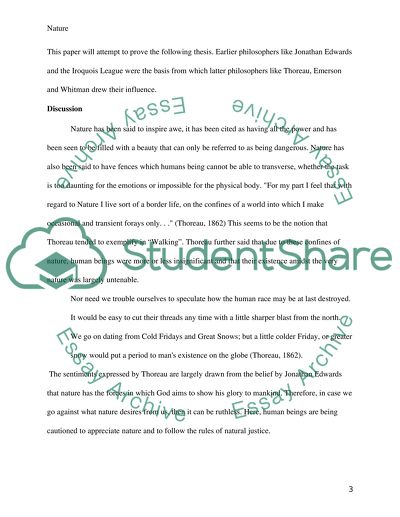Cite this document
(“Nature Presented in Multiple Ways Research Paper”, n.d.)
Nature Presented in Multiple Ways Research Paper. Retrieved from https://studentshare.org/other/1441330-nature-presented-in-multiple-ways
Nature Presented in Multiple Ways Research Paper. Retrieved from https://studentshare.org/other/1441330-nature-presented-in-multiple-ways
(Nature Presented in Multiple Ways Research Paper)
Nature Presented in Multiple Ways Research Paper. https://studentshare.org/other/1441330-nature-presented-in-multiple-ways.
Nature Presented in Multiple Ways Research Paper. https://studentshare.org/other/1441330-nature-presented-in-multiple-ways.
“Nature Presented in Multiple Ways Research Paper”, n.d. https://studentshare.org/other/1441330-nature-presented-in-multiple-ways.


